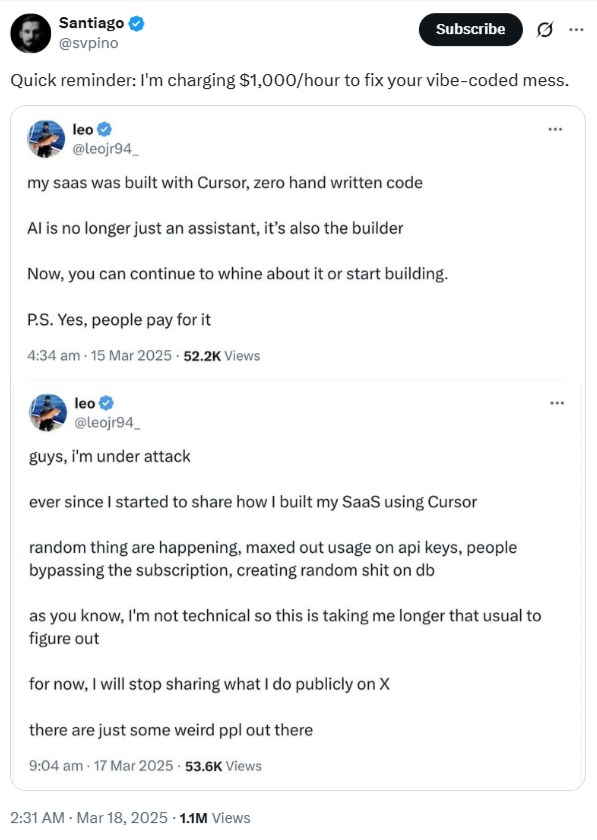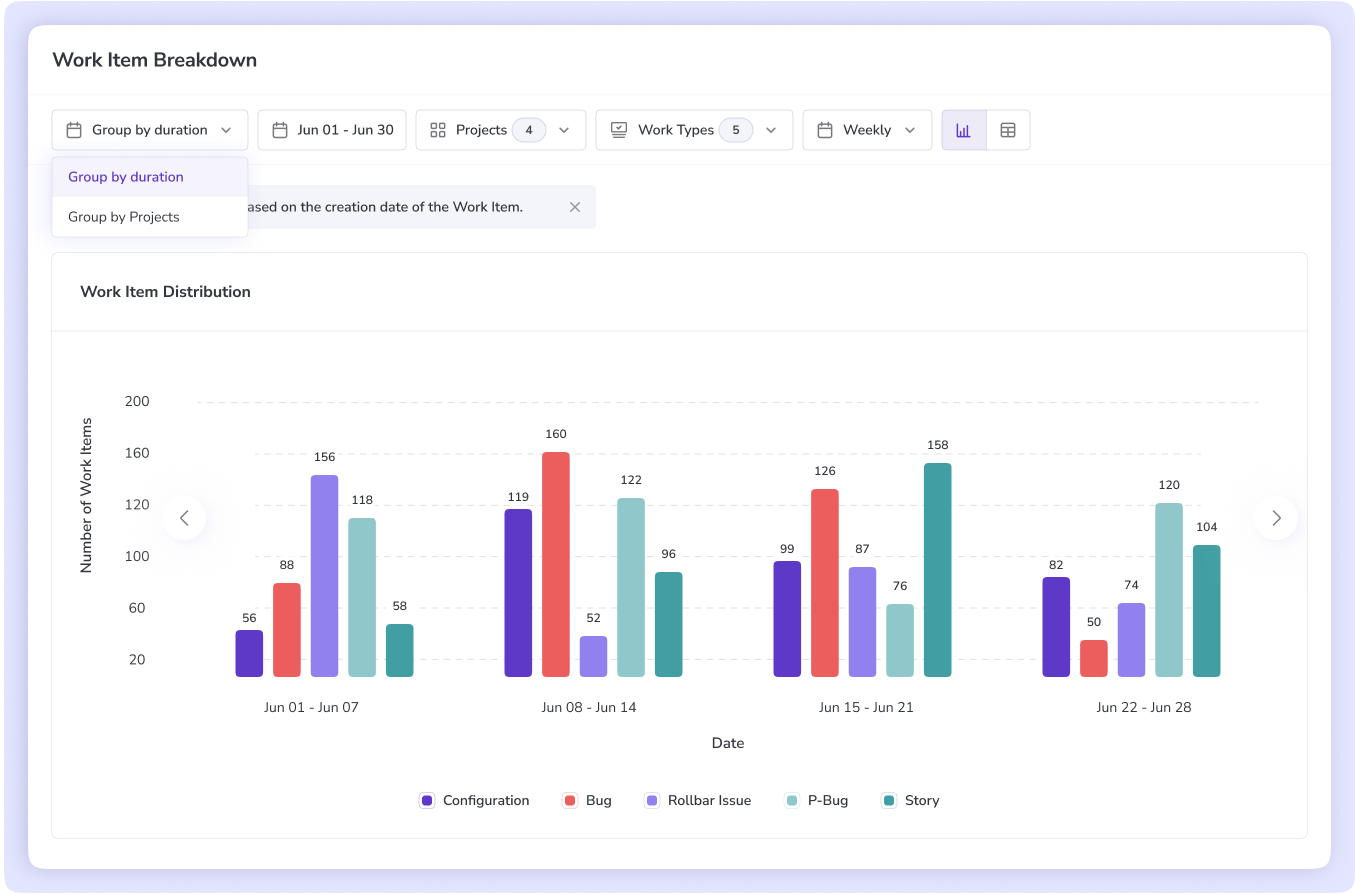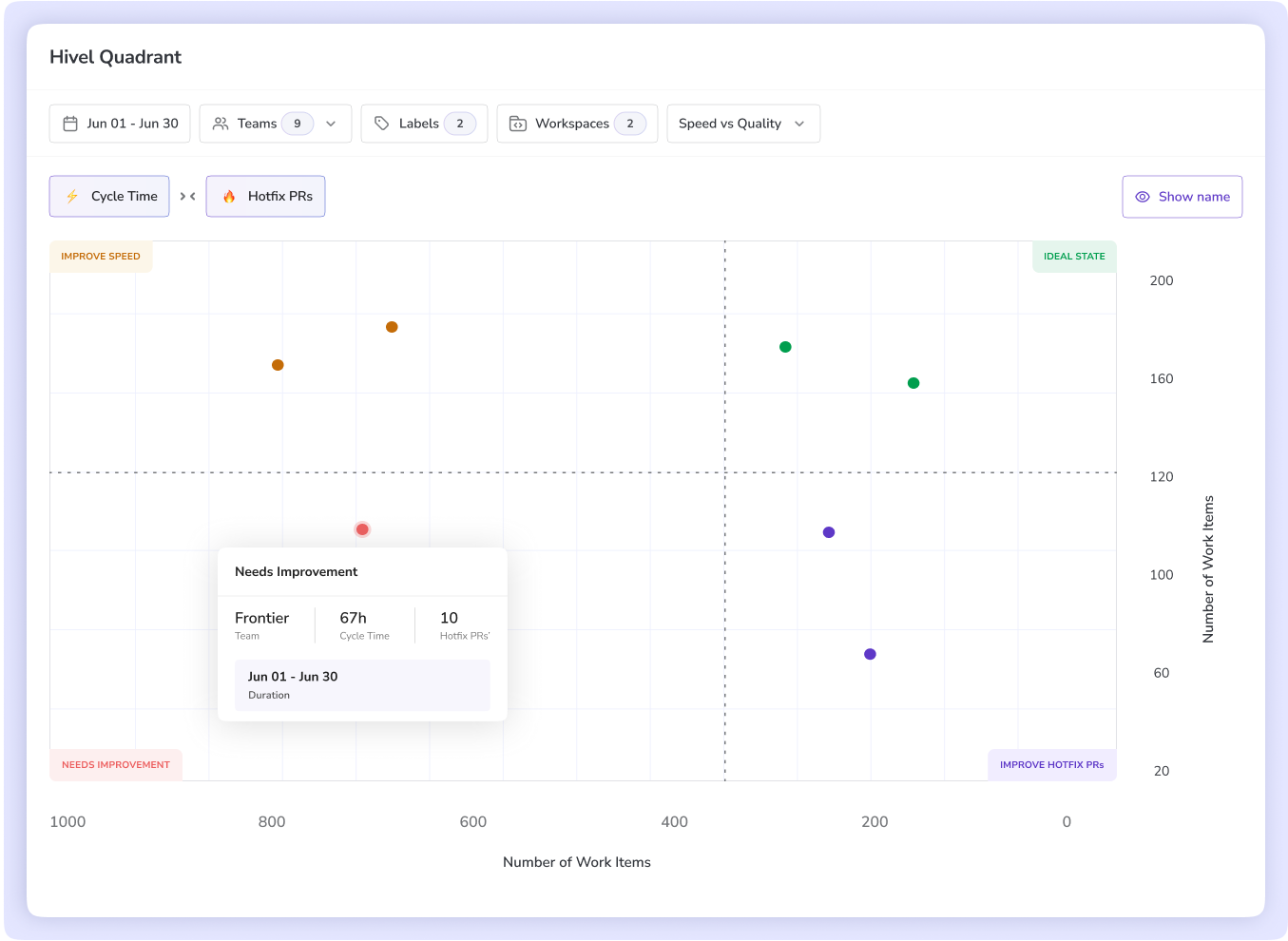Vibe Coding is Shaking up Change Failure Rate and Kaizen Steps in to Restore Balance
Pretty good title with complex terms. Right?
Let me simplify each of them for you.
Vibe Coding:
It’s like pair programming. But your partner is a robot!
You start with ‘Relax, I got this. ’ And end with ‘I need to write a better prompt. ’
Vibe coding is a new concept where you use AI tools to write, complete, or generate code.
You type a few keywords, hints, or entire prompts, and let AI write the code for you.
Indeed, AI-driven efficiency is supposed to be appreciated.
But the problem is that AI doesn’t understand the business problem you are building a solution for. (And you never try to explain it as what you only care for is getting a workable code!)
So, while you are riding the wave of vibe coding, you might suddenly find yourself knee-deep in unexplainable errors, broken builds, or worse, deployment failures.

Change Failure Rate
Change Failure Rate (CFR) is a software delivery metric that measures how often your changes, like new features, fixes, or updates, end up causing failures in production.
In other words, if you deploy code and it goes wrong due to crashes or errors, that’s a failure, and it is now counted in this rate.
Coined by the DORA research team, CFR is one of the core metrics depicting the effectiveness of the delivery pipeline. The lower it is, the better. Its low score depicts a well-guarded, smart, automated, and effective delivery pipeline.
To calculate the Change Failure Rate, you can use this simple formula,
Change Failure Rate = Number of Hotfixes in Deployments/ Total Number of Deployments * 100
OR,
If you only want to use Git data, you can use the formula below:
Change Failure Rate (CFR) =
Total Number of Hotfix PRs merged to master or Main branch / Total Number of PRs merged to Master/Main branch
.png)
Kaizen
Kaizen is a Japanese business philosophy that encourages small, steady improvements to realize the idea of continuous improvement.
It is the core principle of Lean Manufacturing and is widely used to improve processes or systems.
It follows 5 key principles.
- Know your customer
- Let it flow
- Go to Gemba (The actual place)
- Empower people
- Be transparent
Many top enterprises, including Toyota, Nike, Intel, Amazon, Ford, and GE, have embraced Kaizen principles to drive continuous improvement.
So, now that you are aware of vibe coding, CFR, and Kaizen, let’s understand how does this new coding paradigm connect with a century-old philosophy of continuous improvement?
How do Vibe Coding, Change Failure Rate, and Kaizen Connect?
Breaking a pattern is not a language of the universe. Looping is! And there is a clear loop building up here.
Vibe coding increases change failure rate due to…
- Lack of context understanding
- Unoptimized code
- Limited testing
- Dependency on inputs
- Lack of code quality standards
- Unpredictable outputs
- Lack of collaboration
Kaizen fixes this problem with…
- Continuous review
- Incremental improvements
- Automated testing
- Collaboration & feedback
- Documentation
- Address root causes
- Standardization
- Empower developers
However,
Change Failure Rate isn’t Just About Broken AI-written Code
When a deployment results in failure, we either blame AI or a person. But that’s just scratching the surface.
In reality, CFR is the aftermath of a systemic breakdown in the software delivery life cycle involving several factors having a direct link with set processes, leadership, and culture.
Change Failure Rate Cascades Across Several Other Metrics
CFR does not exist in a vacuum. Several other software performance metrics directly influence CFR. The following are the major ones.
1. Code Quality
It’s very evident that poorly written code or overly complex logic leads to bugs, performance issues, and poor maintainability, which in turn demolishes the good CFR score.
In the context of vibe coding, it often falls short on quality checks and slides smoothly through the pipeline until it finally breaks things in production. Fixing such errors also often takes more time, as developers might be unlayering it for the first time.
To avoid such scenarios, it is important to measure defect density in AI-written code. Higher density means more bugs per line of code and a high chance of deployment failure.

2. Code Reviews
Just like code quality, the effectiveness of your code review process directly impacts your CFR. In the era of vibe coding, our traditional review process, built on the assumption that every line was human-authored is an illusion of oversight. The old mindset of checking for syntax is just a rubber stamp for AI's output, letting subtle bugs, architectural mismatches, and security vulnerabilities slip through.
This leads to a higher CFR. To maintain a low failure rate, your reviews must evolve from a syntax check to a risk-based audit. The focus shifts to human judgment and high-impact questions:
- Does this code align with our architecture?
- What is its blast radius?
- Did the AI miss a critical edge case?
3. Deployment Frequency
Deployment Frequency is often used to measure the responsiveness and agility of software engineering teams. Achieving higher Deployment Frequency is what every team pursues.
However, unless you have a strong foundation like Amazon, which deploys 50M times a year, the more frequently you deploy, the higher the chances of failed deployments.
So, next time, when you notice an increasing CFR score, correlate it with your Deployment Frequency score and make strategic decisions to balance the trade-off between speed and stability.
This balance is crucial, Hivel Quadrant feature helps you visualize it directly. By seeing where your team falls in quadrants like you gain clear, data-backed insights to make informed decisions about whether to focus on accelerating delivery or strengthening stability to manage this critical trade-off effectively.

4. Incident Frequency and Severity
Incident frequency and severity are key metrics that directly correlate with CFR.
A higher number of incidents with high severity clearly depicts prominent flaws with software quality, stacked up due to a lack of proper testing, deployment issues, or poor code quality.
Incidents with high severity also require more hotfixes, affecting other DORA metrics.
Thus, it is a rational idea to track incident frequency along with its severity.
5. Developer Wellbeing
Often overlooked, developer well-being (one of the key metrics from SPACE) is a silent but significant contributor to CFR.
An overwhelmed developer with a high burnout rate is more likely to use vibe coding without combining it with human intelligence to get the job done.
Another major hurdle developers face is context switching. Jumping between tasks, tickets, tools, and meetings kills flow state. When developers are pulled out from deep work, their work quality takes a nosedive.
Thus, while measuring and improving the Change Failure Rate, consider the human factors, too.
How to Improve the Change Failure Rate Metric?: Other Useful Techniques than Kaizen
"Without a standard, there is no logical basis for making a decision or taking action." - Joseph M. Juran, Quality Management Guru & Lean Six Sigma Pioneer
- DMAIC (Define- Measure - Analyze - Improve - Control)
Track and correlate your CFR data like a physicist. Analyze and improve it like a scientist. And continuously optimize delivery workflows like an engineer.
- Identify root causes with Fishbone diagrams
Get obsessed with the issue. Don’t just fix a failed release; fix the reason behind it. From flaky tests to unclear requirements, trace the root and get rid of it permanently.
- Poka-Yoke (Mistake-Proofing)
Build safety barriers in CI/CD with automated tests, code quality checks, and AI review bots to prevent bugs from reaching production.
- Value Stream Mapping
Visualize your software delivery pipeline. Eliminate waste such as delays, redundant steps, and rework.
- Hansei (Reflection)
Promote a collaborative culture where blaming does not exist. Develop a learning mindset where every failure is treated as a learning moment.
- Jidoka (Built-in Quality)
Adopt automation for crucial use cases. Stop deployment when defects are found. Fix it first, then ship. Don’t let errors pile up and multiply.
Conclusion (What do we at Hivel think of vibe coding and Change Failure Rate?
With great automation comes greater accountability.
Vibe coding is a movement our industry has never seen before. It empowers even non-tech people to build websites, games, and app prototypes by just typing things in their language.
It redefines idea-to-prototype. But that’s it!
It does not redefine idea-to-market. Being able to write code and launch apps in seconds is a great achievement of the human race. However, delivering value to users with these fully AI-developed apps is something the tech community is still afraid to discuss openly.
Vibe coding is a great choice when it comes to building a snake game. However, it is not a choice when building an enterprise-grade feature launch from end to end. It promises instant gains, but prices could be higher than expected in the long run when it comes to reliability, security, and scalability, if not augmented with the good guardrails we shared above.
Adopting vibe coding with the wrong context and without human validation and expertise could result in an increased Change Failure Rate. More importantly, vibe coding can turn both DORA and SPACE metrics into mere illusions within the engineering & delivery pipelines, as everything happens under the table through AI!








.png)
.png)




